|
This week's post revisits the town of Coleraine, MN - home of the first beneficiation plant in the western Mesabi, the Trout Lake Concentrator. Coleraine is also home to the Canisteo Pit, a long and narrow open pit mine that borders the north end of the town. Like many of the abandoned open pit mines in the western Mesabi, the historical mines that created the Canisteo Pit turned off their dewatering pumps as their ore bodies became exhausted, allowing for the Pit to transition into a lake. The Mesabi Range continues to transition, moving from an agricultural landscape into an industrial one, and now from an industrial landscape into a landscape dominated by leisure and recreation. In addition to the abundance of pan-fish, trout and bass that now call the Canisteo Pit home, the Pit contains the historic workings of roughly 20 open pit mines that ceased shipping low-grade ores in the mid-1980s. In 1956, near the southwestern corner of the Canisteo Pit the M.A. Hanna Company opened the Hunner Mine and began formulating plans for the construction of a modern, fully automatic concentrating plant adjacent to the mine. The Hunner mine was active for a little over a decade - shipping a total of 8,552,182 tons of beneficiated ore from 1956-1967. The development of the Hunner Mine began during the summer of 1955. As with most open pit mines, the first step in opening a mine was the removal of overburden, or stripping, from the surface of the mine. The stripping process employed heavy machinery to peel away the valueless organic material that was encasing the orebody. Looking at the map below, take note of the massive mine dump to the west of Trout Lake. This is likely a mixture of overburden from the Hunner mine as well as other open-pit mines in the Coleraine region. After the surface of the mine was stripped the steam shovels, bulldozers, and draglines began cutting away at the low grade ore, extracting buckets full of the washable ore. To properly function, concentrating plants required a uniform material, and since the low grade ore extracted from the pits was irregular and lumpy, the ore needed to undergo an initial processing before being beneficiated. This initial step took place at the primary crushers, often located within the mines themselves. Primary crushing plants employed a fairly straight forward technological system, that classified the ore and then reduced it to a size amenable to concentrating. The first step in the primary crushing plant was classification, or sizing, where ore would be dumped over a plane of evenly spaced bars, called a grizzly. The material that fell through would next enter a secondary crusher, such as a ball mill, while the material that was to big to fall through would be picked off and sent to the crusher, which reduced the ore to a size that allowed it to travel through the grizzly. Operating like Pac-Man with an inverted mouth, jaw crushers often functioned as the reduction technology employed within these facilities. Ore was dumped into the top opening of the crusher - the top section of the crusher would stay open while the bottom compressed and articulated, crushing the material into a size small enough to pass through the crusher and the grizzly below. Once the ore had been sent through the primary crusher, the grizzly, and perhaps the secondary crushers, the material was hauled to the concentrating plant to undergo beneficiation. The Hunner Concentrating Plant treated upwards of 800 tons of ore per hour - requiring a significant amount of fresh water to wash the ore, as well as to launder the tailings away from the plant. In addition to the rail lines and conveyors that moved ore and concentrates from mine to mill and mill to stockpiles, the Hunner Concentrating Plant utilized a fairly sophisticated water transportation system to bring the liquid commodity to the plant. Pumps, water lines, and a radio-control system monitored the transportation of the 11,000-12,000 gallons of fresh water a minute that was being pumped into the concentrating plant through a 3.25 mile long pipe, while at the same time, the same system was pumping an equitable amount of tailings from the plant through a 3.5 mile-long, 16 inch tailings pipe (Mining News, 1957, Vol. 19, No. 09, pp. 43). The tailings were deposited in a pit north of the mine and north of the eventual Canisteo Pit. Within the Hunner Concentrating Plant the ore was treated in a three cycle system, consisting of washing, heavy-media separation, and spiral concentrating - each cycle entailing a further step in the beneficiation of the low-grade ore. Heavy-media separation treats the oversized ore from the washing cycle through a process similar to floatation, where the specific gravity of the ore lends to it concentrating separate from the lighter gangue material. The spiral concentrating plant treats the fines from the washing plant through a system of vertical screw-like machines, that rotate and swirl the pulpy ore and water mixture allowing for the heavier ore to sink, while the lighter waste material spills over the top of the spiral bowl. Maybe since it operated for merely a little over a decade, or possibly due to the expansion of the Canisteo Pit, nary signs of the Hunner Concentration Plant are evident in either the social or environmental landscape of Coleraine. Not visible in aerial imagery from the late 1980s, it is assumed that the Hunner Concentrating Plant was scrapped sometime in the 1970s. From the LIDAR image above, the linear transportation routes of the Hunner Mine and Concentrating Plant still remain evident, lasting reminders of the flow of materials within the Coleraine industrial landscape. The legacies of waste from the Hunner Mine and the Hunner Concentrating Plant also remain, found in the overburden pile south of the mine and a tailings basin nearly 3.5 miles north of where the plant once stood.
0 Comments
Leave a Reply. |
AuthorJohn Baeten holds a PhD in Industrial Heritage and Archaeology from Michigan Technological University. His research aims to contextualize the environmental legacies of industrialization as meaningful cultural heritage. Archives
May 2016
Categories
All
|
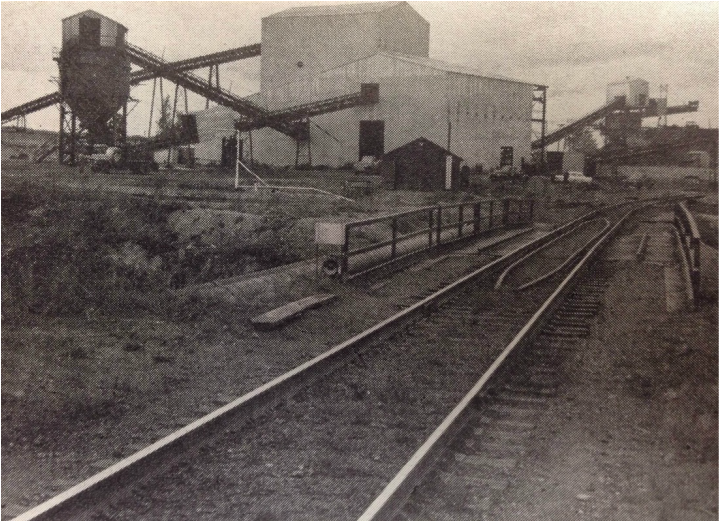
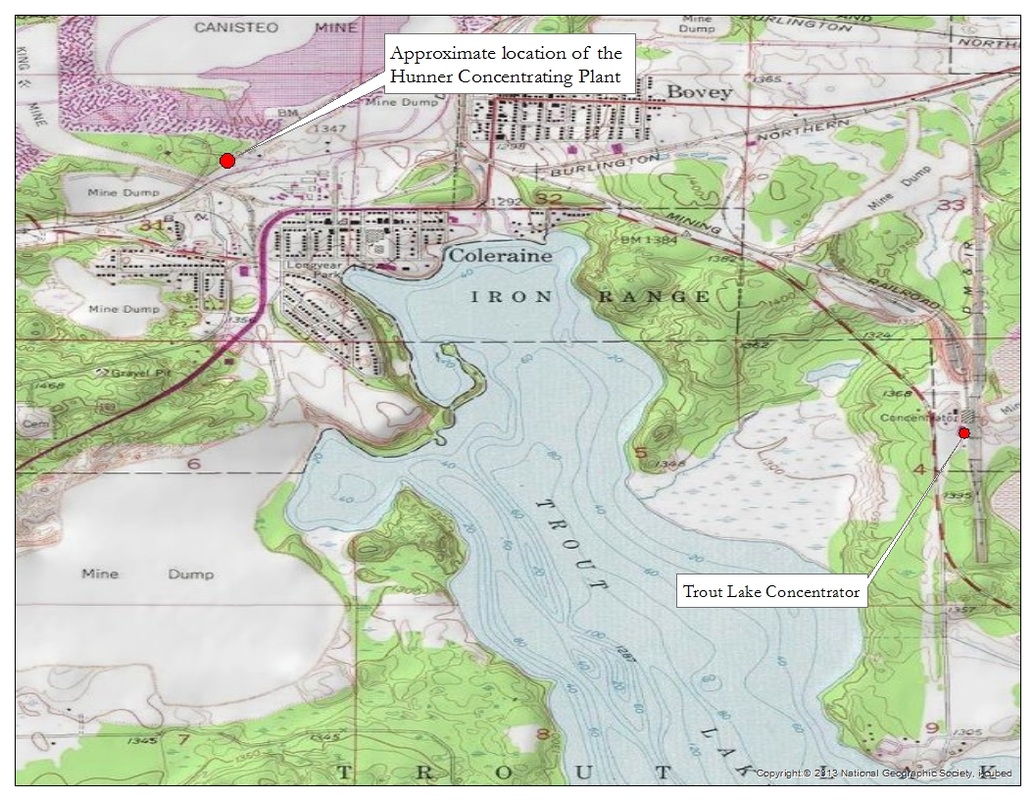
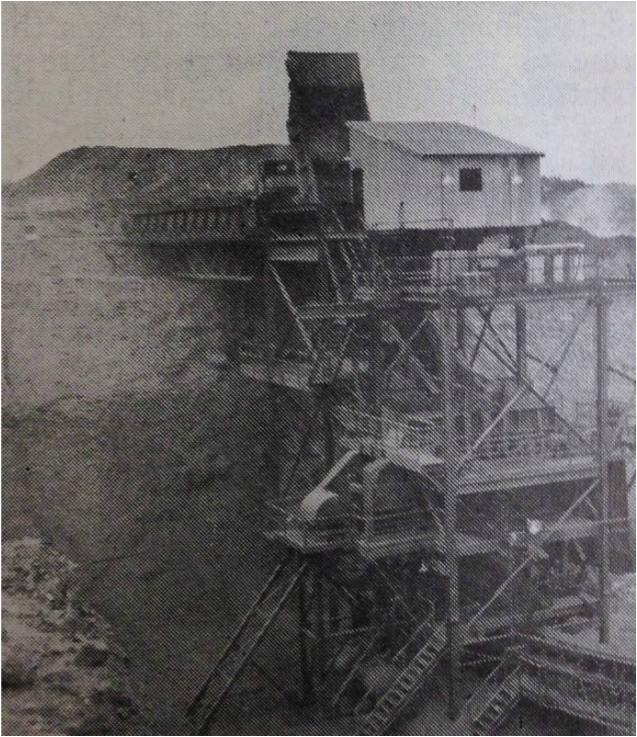
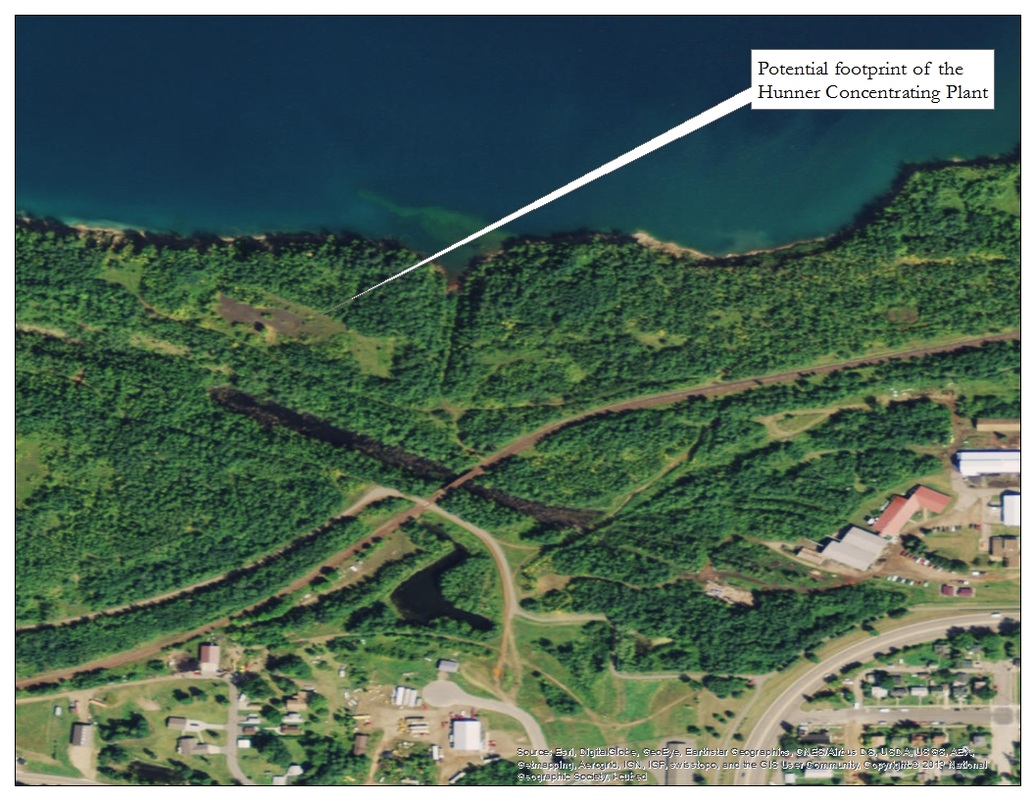
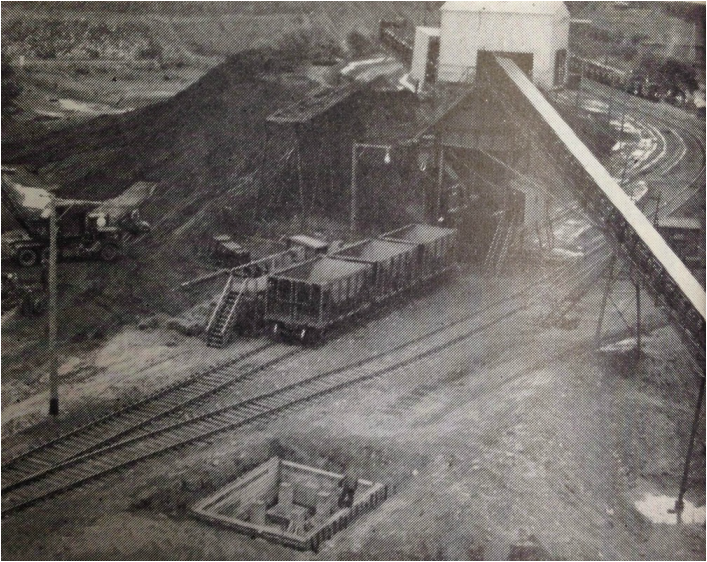
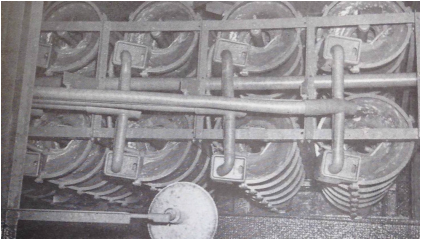
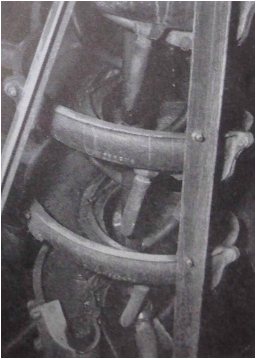
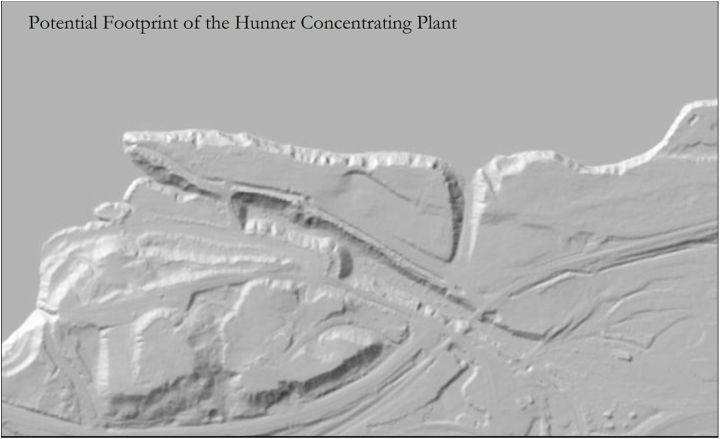
 RSS Feed
RSS Feed
